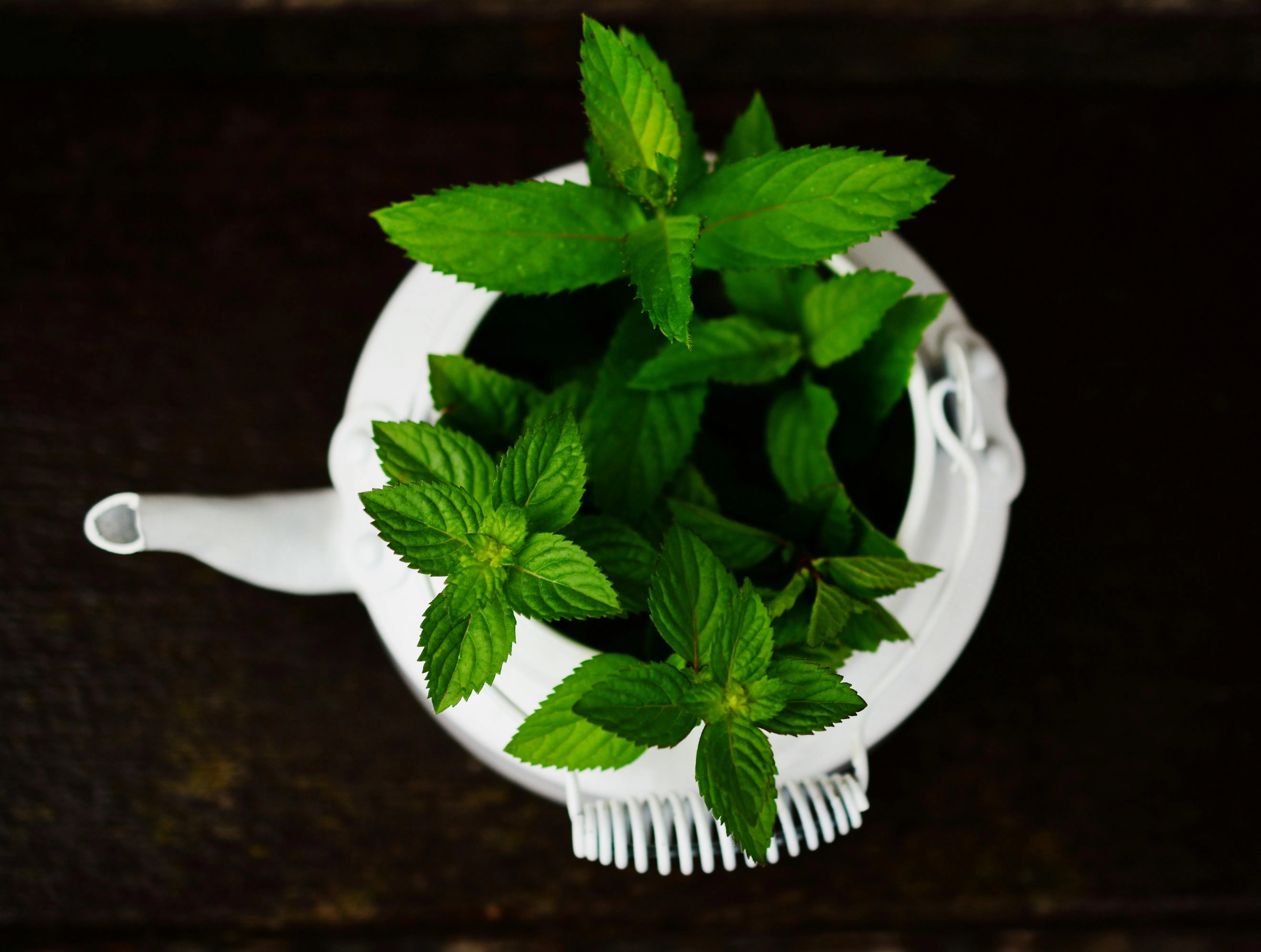
Mint owes its name to characters from Greek mythology. According to legend, Hades, the god of the underworld, fell in love with a nymph named Minthe. But his jealous wife, Persephone, turned the rival into a herb. The heartbroken Hades couldn’t undo the spell but gave the plant a refreshing and delicate aroma.
The ancient Romans mixed mint with honey to freshen their breath after wine. One of the earliest known aromatic herbs — very similar in appearance and flavor to mint — is mentioned in the Gospel of Matthew, though scholars have never proven whether it was actually mint. Mint was cultivated in 17th-century England and later spread throughout Europe.
Health benefits:
Mint contains menthol essential oils, tannins, and polyphenols. It stimulates heart function, relieves palpitations, and improves circulation. It soothes heart pain. It has anti-inflammatory properties and is useful for colds and fever. It relieves stomach pain, spasms, heartburn, bloating, intestinal irritation, and hiccups. It supports liver and gallbladder function and helps expel stones. Its essential oils help heal cuts and wounds. Mint’s calming properties help manage nervous tension and restore energy. It’s great for the skin: evens skin tone, soothes inflammation, treats acne and spider veins. Mint mouthwash is useful for cavities and gum inflammation. It is also an aphrodisiac.
Adverse effects:
None known.
Recipe: Strawberries with Lemon and Mint
Place a few chilled strawberries in a small bowl or glass, squeeze a bit of lemon juice over them, sprinkle with fine sugar and lemon zest. Garnish with fresh mint leaves. Perfect with a glass of cold champagne.



